Satellites can help detect geothermal energy under our cities
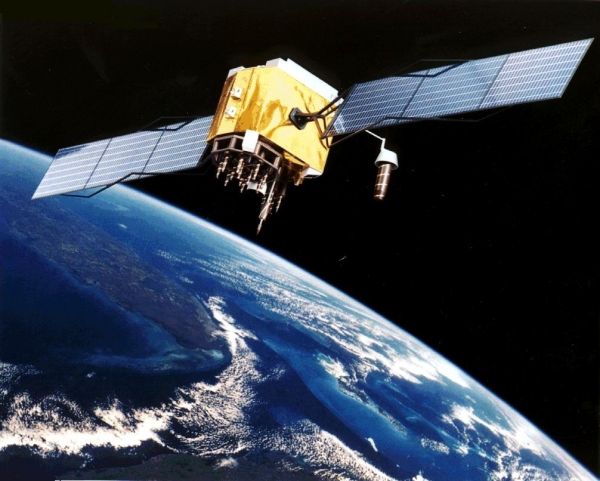
Linking Surface Urban Heat Islands with Groundwater Temperatures
Linking Surface Urban Heat Islands with Groundwater Temperatures
In the cities, the temperatures are usually higher than the surrounding rural areas. This phenomenon is called Urban Heat Island (UHI) and is due to a variety of factors such as population density, surface sealing, vegetation levels, industry and transport. The interesting thing is that it exists both above and below the ground and it affects the atmosphere, surface and subsurface of the cities.
Researchers from the Karlsruhe Institute of Technology (KIT) and ETH Zurich have developed a method of estimating groundwater temperature under cities from surface temperatures and building densities measured by satellites. Up to now, satellites have been used to measure heat on the surface, but the relationship and interaction between ground and underground temperatures had not been examined before. The report was published in the ‘Environmental Science & Technology’ journal in November 2015.
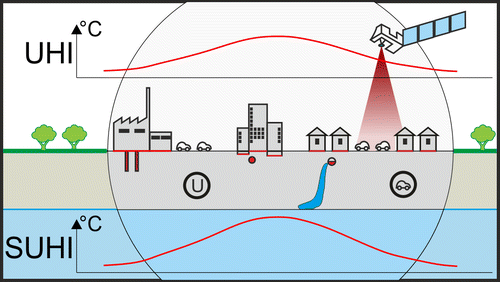
Photo courtesy of ACS Publications
The research
Scientists compared surface and underground temperatures in 4 German cities: Berlin, Munich, Cologne and Karlsruhe. In 95% of the areas studied, groundwater temperatures were higher than those on the surface. This was explained due to additional underground anthropogenic heat sources such as cellars of buildings and sewers. This higher temperature of groundwater could be used for heating in winter and cooling in summer, via geothermal or groundwater heat pumps.
Using satellite-derived surface temperatures and interpolated groundwater temperature measurements, they compared surface and underground heat islands and found a spatial correlation of up to 80%. The strongest correlation was found in older, mature cities (Berlin and Cologne), meaning the older the city is, the more pronounced is its underground heat. This percentage shows that satellite measurements of surface temperature alone are not sufficient to estimate temperature of groundwater. For this reason, scientists also considered population density and cellar temperature, resulting to an estimation of regional groundwater temperatures with a mean absolute of 0.9 Kelvin.
Once established, the method will be an inexpensive and time-effective way to estimate the geothermal energy stored underneath our cities, as there will be no need of complex groundwater temperature measurements and interpolations.
More research is required, but it seems that it will be easy to detect and use energy from close-to-surface groundwater in the near future.
Want to read more like this story?
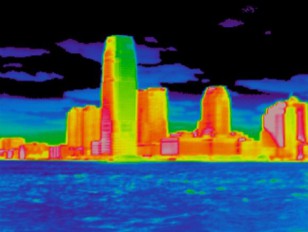
The 'urban heat island' effect could force several major cities to face climate change costs at least twice as big as the rest of the world
Oct, 10, 2017 | NewsSome of the world’s largest cities could face temperatures up to 8°C higher than those of...
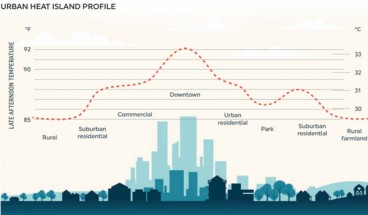
Assessment of urban cooling using reflective surfaces
Jun, 09, 2021 | NewsA new study focuses on the application of reflective surfaces in order to cool the urban environment...

How to reduce temperature in urban environments
Jul, 29, 2019 | NewsA new study conducted by the Portland State examines how vegetation and reflective materials can low...
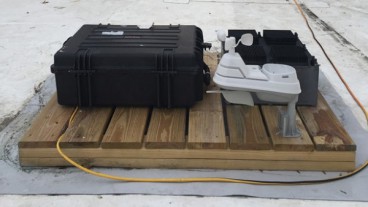
MIT-developed device generates power from the air’s temperature changes
Mar, 20, 2018 | NewsCalled a thermal resonator, the device relies on temperature fluctuations between day and night to p...
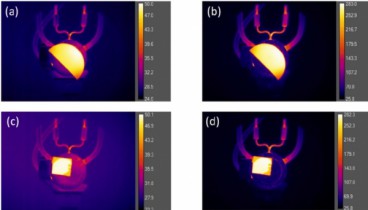
Measuring the temperature of 3D objects using depth thermography
Dec, 05, 2021 | NewsScientists from the University of Wisconsin-Madison, have introduced a new method to remotely measur...

This new, energy-optimized school building utilizes solar and near-surface geothermal energy
Oct, 02, 2017 | NewsDuring its first year of operation, the heat pumps have contributed their planned share to the heat...

Climate change brings new challenges in road surfaces
Jul, 24, 2019 | NewsAccording to a new study, the thickness of asphalt layers should increase by 7% to 32% in order...

Heat produced by an underground line to warm houses in London
Sep, 05, 2019 | NewsA brand-new innovative plan suggests utilizing heat produced by an underground line to warm houses d...
New study finds signs of underground climate change and influence on civil infrastructure
Jul, 19, 2023 | NewsA new study by Alessandro F. Rotta Loria of Northwestern University, titled “The silent impact of u...
Trending

Vertical gardens in Mexico City to combat pollution
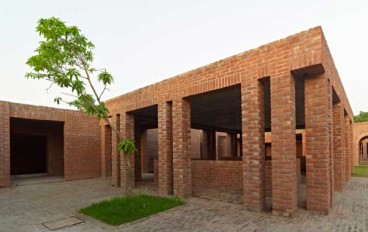
Characteristics of Load Bearing Masonry Construction
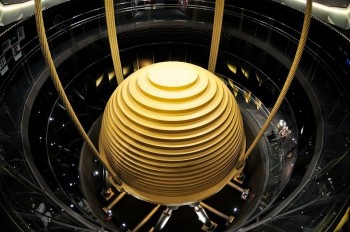
Taipei 101’s impressive tuned mass damper

Dutch greenhouses have revolutionized modern farming
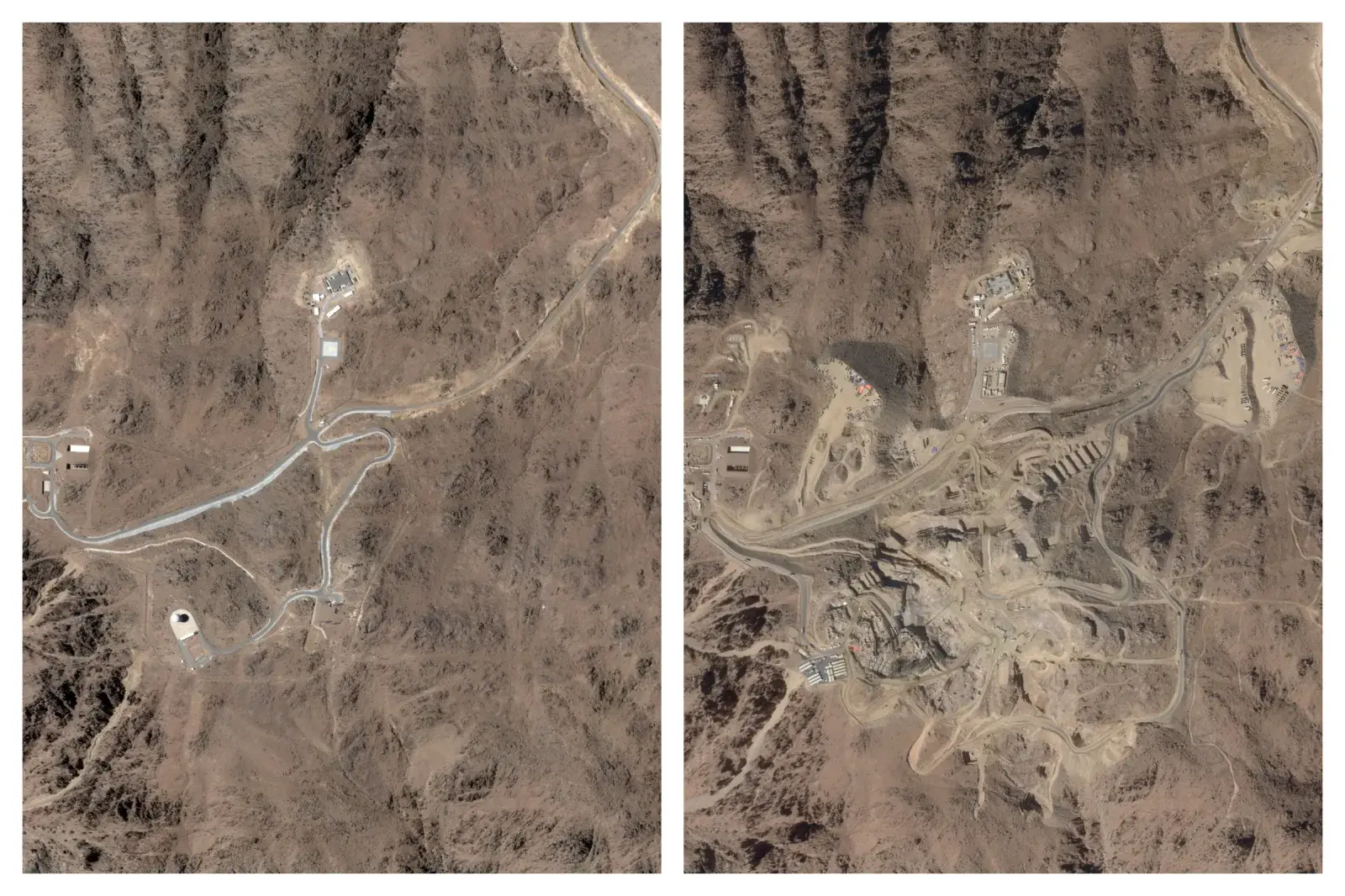
The Line at Neom faces feasibility reassessment while construction continues

The Line at Neom faces feasibility reassessment while construction continues

King Salman Gate unveiled adjacent to Mecca’s Grand Mosque

